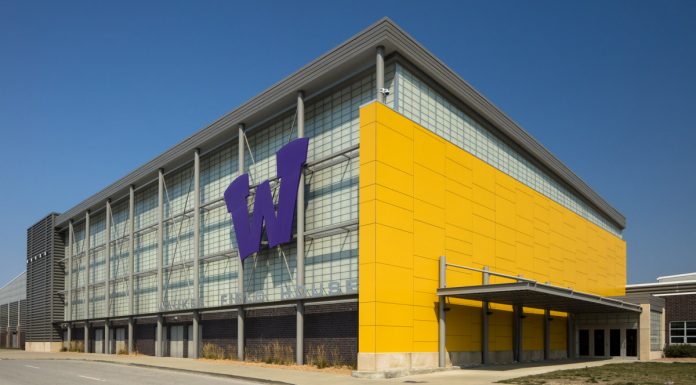This week was the second funnel week for the Legislature. The second funnel is a self-imposed deadline by which policy bills from the Senate must be out of committee in the House and likewise, House bills must be out of committee in the Senate in order to continue being considered. The exceptions to this rule are bills that have a tax implication or are an appropriations bill. The purpose of the first and second funnel deadlines is to narrow down what the chambers will deliberate over and allow our focus to move to budgets and tax reduction policies.
This week the House unanimously passed House File 848 making changes to Iowa’s broadband grant program. When the governor introduced her bill, it made significant changes to the existing broadband grant program and focused on increasing broadband speeds around the state. House Republicans believed the emphasis should be placed on connecting Iowans who currently do not have access to broadband internet, a slight shift in focus.
The product of the resulting conversations and negotiations resulted in a bill that focused on both speed of deployment and internet speeds. Grant funds will be eligible at varying levels of matching percentages based on the internet speed available to Iowans using that service. Broadband infrastructure projects must deploy fiber to Targeted Service Areas to receive grant funds, with funds distributed based on the current level of service by Tier. Tier 1 areas are those that currently have speeds of 25 megabits download, 3 megabits upload or less and are eligible for up to a 75% match. Tier 2 areas are those with speeds above 25/3, they will be eligible for up to a 50% matching grant. Tier 3 areas are those that currently have speeds of 50 megabits download or more, they will be eligible for up to a 35% matching grant.
Other changes include new scoring criteria to encourage projects in Tier 1 areas, allocating 20% of grant funds for hard to serve areas within Tier 1 (e.g. based on topography, soil, or other unique local conditions), and having a designated employee to help with grant applications for state, federal, and private funds.
House File 848 sets the framework for aggressively building out Iowa’s broadband infrastructure to ensure all Iowans have access to broadband internet. However, this policy bill will have limited effect without a significant financial investment in the grant program. House Republicans have announced their goal of $100 million in funding this year which will be appropriated in the budget bills at the end of session.
This week, the Iowa House Ways and Means Committee passed House Study Bill 185, a bill to increase access to, and usage of, biofuels in Iowa. One of the primary features of the bill is to shift incentives from 10% ethanol to 15% ethanol in future years, which would significantly boost Iowa’s ethanol usage and support the price of corn. The bill also addresses the use of biodiesel derived from soybean oil in a similar fashion. One of the concerns we’ve heard from constituents is that they are afraid the bill will restrict the availability of gasoline with zero ethanol in it. The bill ensures that stations may still have zero ethanol gas available. Conversations on the bill’s final form are ongoing as we address those concerns.











